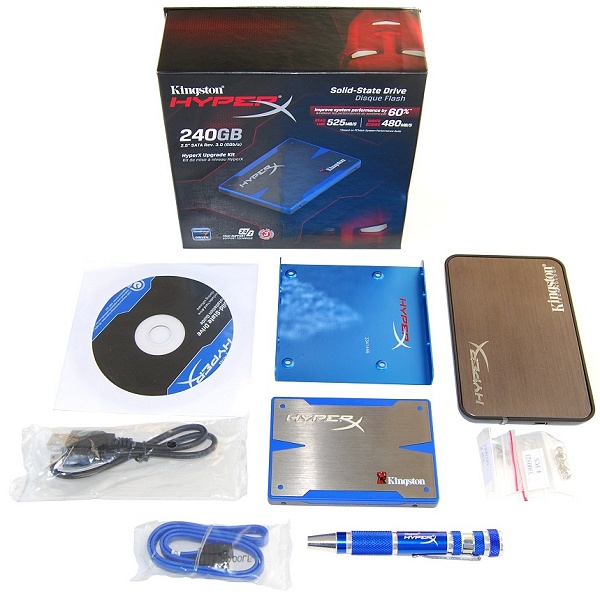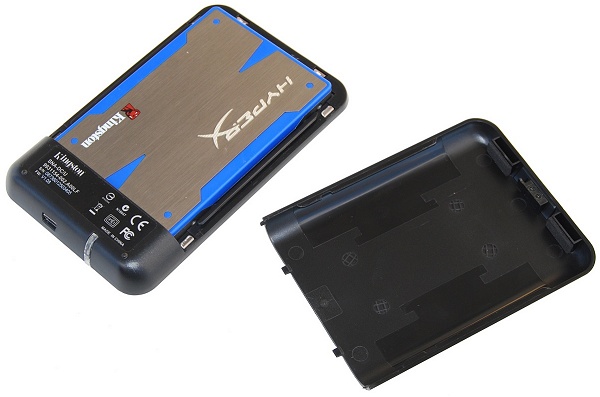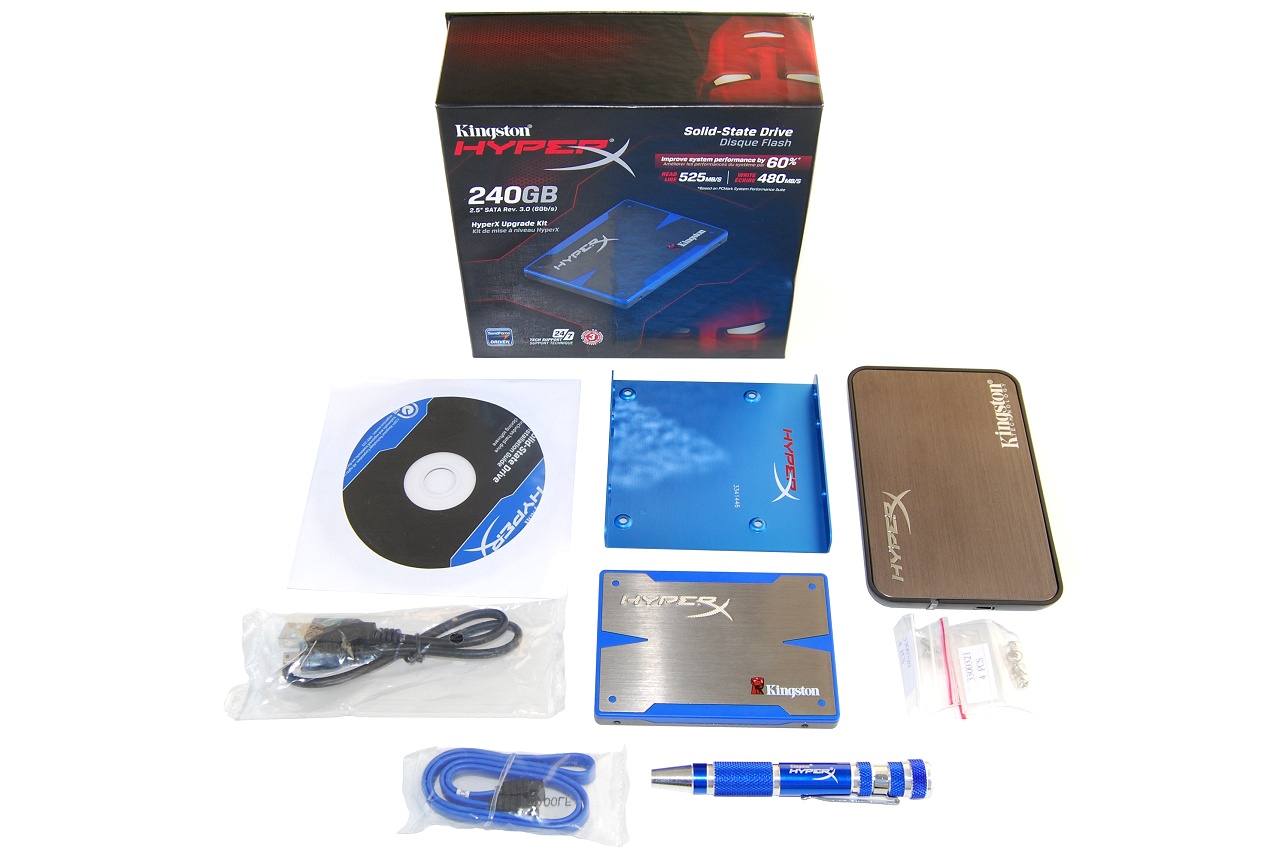Kingston HyperX in Detail
The HyperX series is aimed at performance buffs, with SF-2281-based models offering capacities of 120GB and 240GB. There are no signs of a 480GB model yet. The HyperX has a slim 2.5" design, measuring 10.1 x 6.9 x 9.3mm and weighing 94 grams. It consumes 2.0 watts of power when in use and just 0.455 watts in standby.


Kingston claims the same 555MB/s read and 510MB/s write performance for the 120GB and 240GB HyperX, whereas OCZ lists slightly different performance for each of its models.

The Vertex 3 120GB touts read and write speeds of 550MB/s and 500MB/s, the larger 240GB version is slightly faster with 550MB/s reads 520MB/s writes. The largest model offers 480GB of storage and is actually the slowest, rated at 530MB/s reads and 450MB/s writes.

Naturally, using SATA 6Gb/s is essential to achieving those speeds. The only issue with this is that Intel's Sandy Bridge platform is the only one that provides native SATA 6Gb/s support – and it does so with only two ports.

Third party embedded solutions such as the Marvell 88SE9128 can provide motherboards with SATA 6Gb/s support, but offer very poor results compared to Intel's implementation. That said, Marvell's new 88SE9182 controller can mimic the performance of Intel's 6-series chipsets, so 6Gb/s SATA support is improving.
Both HyperX models are loaded with Intel MLC NAND (25nm) flash memory. Our review sample has sixteen 16GB NAND ICs for a total capacity of 256GB, but it's marketed as 240GB because 16GB is reserved for data parity (8GB for RAISE), garbage collection, and block replacement.


Once formatted in Windows, the original 240GB drops to 224GiB, meaning you lose roughly 7% from the GB to GiB conversion. With a retail value of $499 ($549 with an upgrade kit), the HyperX 240GB costs $2.07 per gigabyte – not bad by SSD standards.
Like the original SF-1200, the SF-2200 uses data compression technology called DuraWrite that's designed to help lower write amplification and extend the drive's life by using fewer program-erase cycles. The upside is that this doesn't require a memory buffer, but it uses more storage space.



The SF-2200 uses the same Tensilica DC_570T CPU found in its predecessor and although the CPU remains the same, the compression engine has improved. The second-gen SandForce controllers have a bigger block of silicon dedicated to DuraWrite technology, while the garbage collection algorithms have also been enhanced.
The HyperX is backed by a three-year warranty, which is fairly common among competing drives and should let customers sleep comfortably at night. We'd like to drop a friendly reminder here that this won't protect your data, so be diligent about backups.
